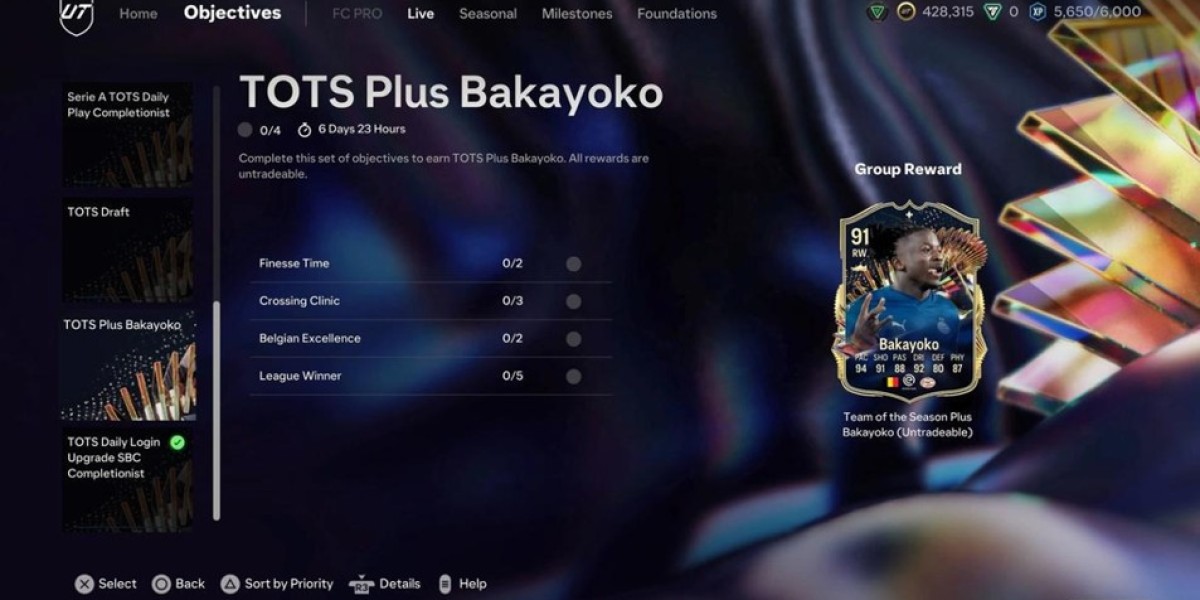Low pressure die casting is a highly versatile manufacturing process used to produce high-quality, complex metal parts. This article will provide an in-depth understanding of the basics of low pressure die casting, including its process, advantages, and applications.
Understanding Low Pressure Die Casting
Low pressure die casting, also known as low pressure permanent mold casting, is a metal casting process that uses low pressure to force molten metal into a mold cavity. The process typically involves the use of a furnace, a holding furnace, a low-pressure casting machine, and a mold. The mold is preheated and coated with a release agent to facilitate the easy removal of the casting. The molten metal is then poured into the holding furnace, where it is pressurized and injected into the mold cavity. Once the metal solidifies, the mold is opened, and the casting is removed.
The Advantages of Low Pressure Die Casting
Low pressure die casting offers several advantages over other casting processes. One of the main benefits is the ability to produce parts with high dimensional accuracy and excellent surface finish. The low pressure used in the process helps minimize turbulence and air entrapment, resulting in reduced porosity and improved mechanical properties of the castings. Additionally, low pressure die casting is well-suited for producing thin-walled and intricate parts, making it a preferred choice for industries such as automotive, aerospace, and electronics.
Applications of Low Pressure Die Casting
The versatility of low pressure die casting makes it suitable for a wide range of applications. It is commonly used to manufacture components such as engine blocks, cylinder heads, transmission cases, and structural components in the automotive industry. In the aerospace sector, low pressure die casting is utilized for producing aircraft components, including wing and fuselage parts. Furthermore, the process is also employed in the production of electronic enclosures, heat sinks, and other intricate parts in the electronics industry.
Future Developments in Low Pressure Die Casting
As technology continues to advance, the future of low pressure die casting looks promising. Innovations in materials and process control are expected to further enhance the capabilities of low pressure die casting, enabling the production of even more complex and high-performance components. Additionally, the integration of automation and digitalization is set to streamline the manufacturing process, improving efficiency and reducing lead times. With ongoing research and development, low pressure die casting is poised to remain a key player in the production of precision metal parts.
In conclusion, low pressure die casting is a sophisticated manufacturing process that offers numerous benefits and applications across various industries. Its ability to produce intricate, high-quality parts with excellent dimensional accuracy makes it a preferred choice for many manufacturers. As technology continues to evolve, the future of low pressure die casting holds exciting possibilities for further advancements in the field.








